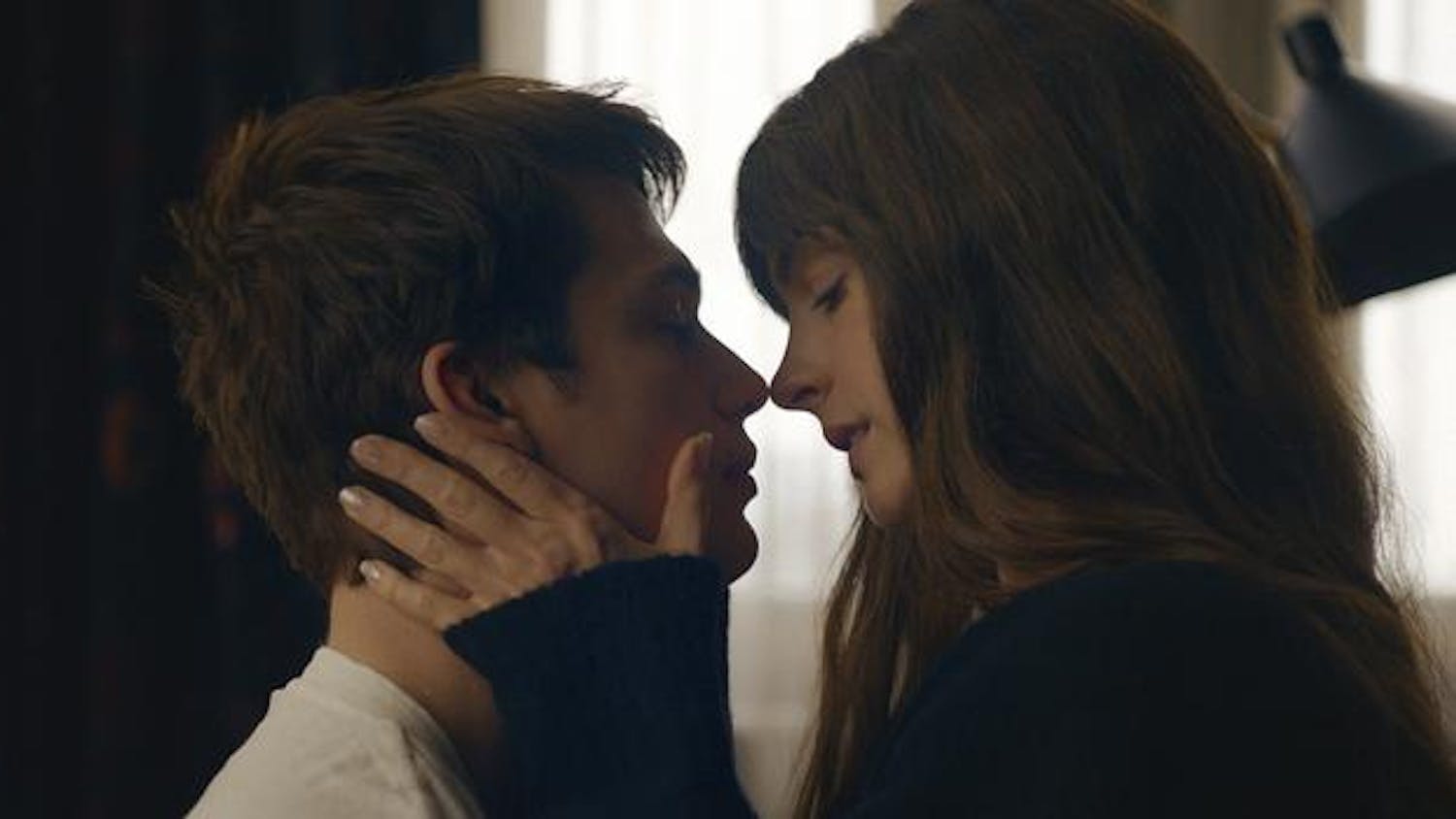Polly Apfelbaum visited campus yesterday to discuss her three-decade career as an artist.
Apfelbaum kicked off her career with a keen interest in the domestic and everyday. She likes the concept of “art but not art,” as she describes it. Her first exhibition as a young artist featured bed sheets hanging from the wall, and she liked the idea of hanging things in places they don’t belong, she said.
Her initial use of a seemingly domestic medium — fabric — evolved into more complex creations. She began to further interact with the material by cutting, staining and dying it with a multitude of different bright colors. When she presented her art, she would carefully lay these pieces of cloth on the floor, such that the room “almost resembled a painting” in the classical sense of the word, she said. The walls were the frame and the floor her canvas.
Soon she began to cut out the stains of the fabric to create some of her most stunning work. Constructing something akin to physical pointillism, Apfelbaum would use hundreds of different stains to “make a painting of the floor,” she said. This led to the creation of multiple works, such as “Ice” and “Reckless.”
While it is very difficult to put such creations into words, many art critics have referred to them as “fallen paintings.” “She created a hybrid of painting and sculpture and wasn’t afraid to experiment,” said César Bernal ’17. She creates what looks like fractures of colors tumbling on the floor in seemingly controlled chaos.
Some of these works are more controlled than they seem. “Ice,” for example, has a structure of 103 colors, and each color has four different sections based on dye. All of these colors are clearly visible upon close examination, but if one looks at the piece from afar, the piece seems very pale. “Ice” gets its name from the continent Antarctica, which seems fairly uniform from afar but is actually composed of a vast number of different colors and organisms.
On the other hand, works like “Reckless” have no controlled color system. In fact, “Reckless” is composed of all of the leftover stains that did not have a distinct place in “Ice.”
What is perhaps most interesting about Apfelbaum’s art is that it is inherently ethereal. There is no template or plan for any of her pieces. None of the stains are glued down. Each must be individually placed on the ground and Apfelbaum herself must be present at nearly every installation and set up her pieces by memory.
Apfelbaum must first understand what is innate to a particular piece in terms of color systems or composition. She sometimes has to reflect on the past to understand what she herself wanted to achieve.
“It’s a very intense experience,” she said. “Every time I set (a piece) up, it changes.”
“She responds to the architecture of the space she is in,” said Wendy Edwards, chair of the visual arts department. As such, two exhibitions of the exact same work will never look the same. Apfelbaum’s work is therefore an art that is very much rooted in the present.
Most recently, Apfelbaum has begun weaving rugs and making ceramics. Her goal is to bring people into the environment of the museum or gallery, so that people can go in and out of a piece. If visitors are standing and surrounded by Apfelbaum’s creations, then they are effectively part of the art.




